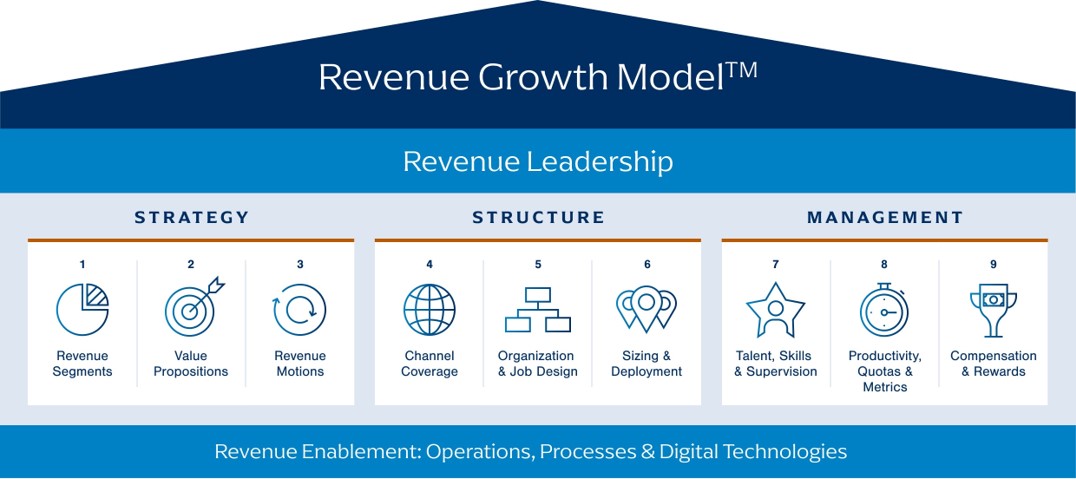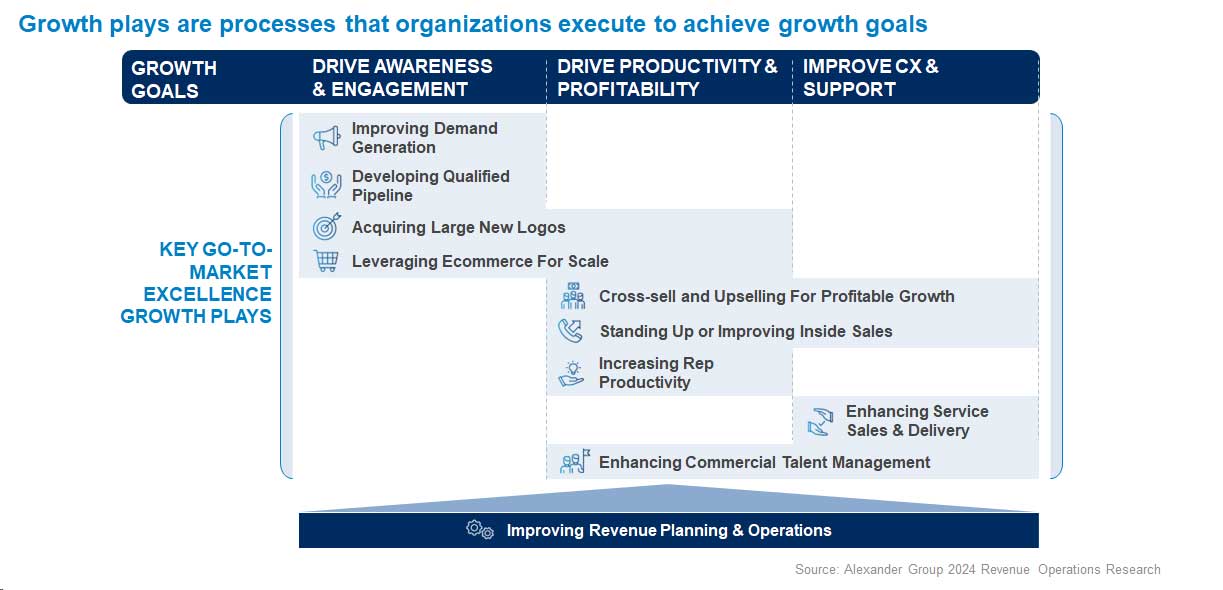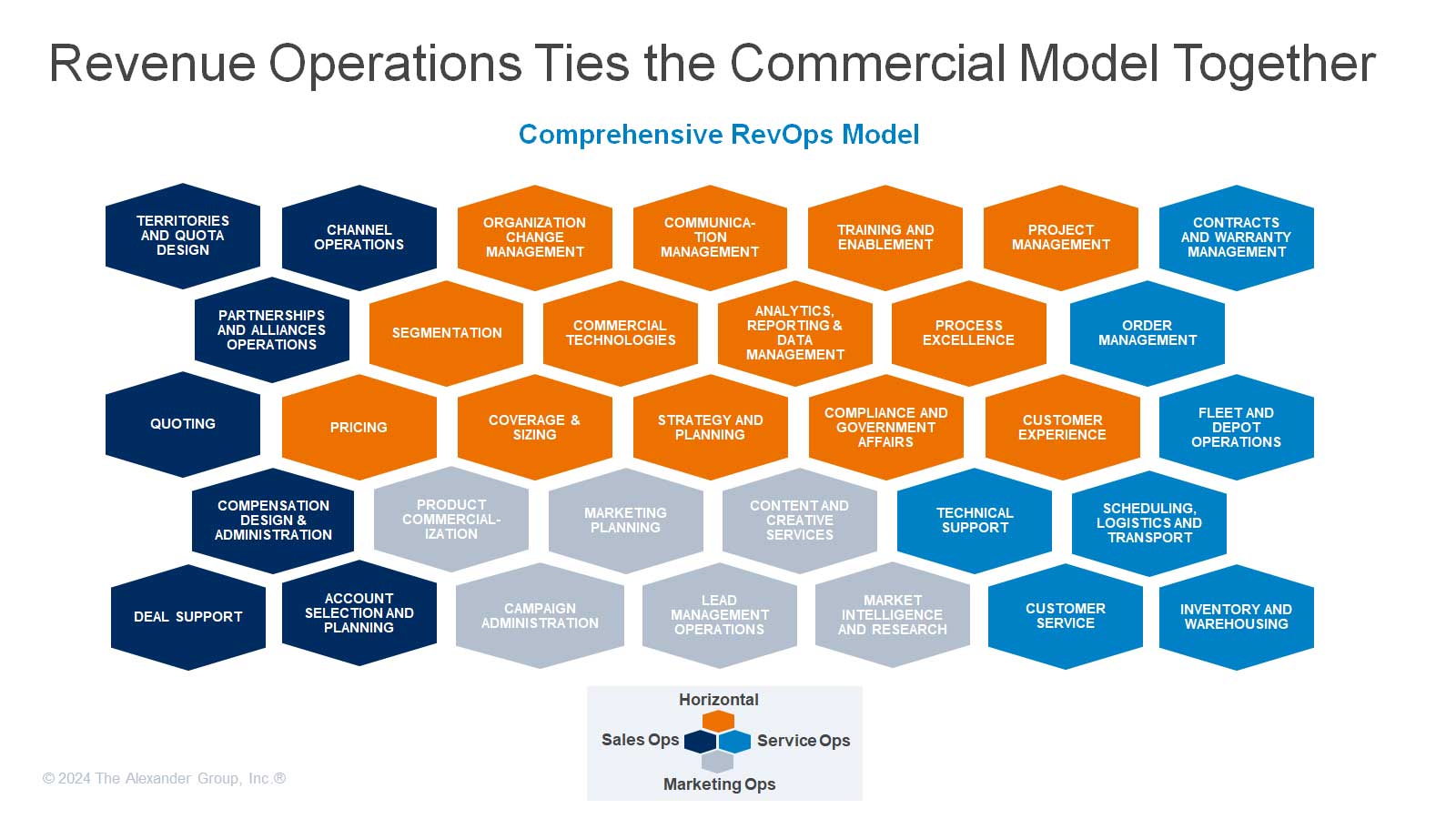Customer Revenue Segments:
Understand the evolving needs, purchasing behaviors and lifetime value across different criteria— such as the buying process for national accounts versus independents. Prioritizing digital engagement strategies tailored to each segment’s preferences and opportunities identified through data analysis—ultimately understanding how to move products in the most efficient and effective manner (e.g., e-commerce).
Value Propositions:
Define unique selling points that give your products a competitive edge within each segment. Ensure promotional strategies and messaging effectively communicate these value propositions to capture the attention of end-consumers and achieve the desired in-store or online outcomes.
Revenue Motions:
Evaluate the effectiveness of current sales, marketing and customer service strategies by customer segment. Align commercial activities—both digital and analog—to enhance customer engagement and satisfaction and adopt technology to efficiently scale service levels.
Channel Coverage:
Optimize the use of direct, inside, digital and indirect (broker) channels based on segment needs. Establish clear accountability measures to ensure each channel contributes effectively to overall sales objectives.
Organizational & Job Structure:
Identify necessary roles and skillsets aligned with product offerings, customer needs and operational processes. Define future organizational structures that support strategic goals for the upcoming year.
Sizing & Deployment:
Determine the optimal number of resources needed for each role type and channel to effectively serve customer segments and deliver revenue goals. Optimize territories that balance opportunity, workload and customer needs.
Leveraging these Strategic Pillars
These structured discussions regarding strategic pillars and structural elements lead to informed decisions about commercial investments for the coming year. By prioritizing the sales or commercial strategy as the focal point of planning—rather than starting with operations or finance—organizations can better align resources with market opportunities and customer expectations. This is the foundation for F&B companies that beat their competition year in and year out.
Addressing the management pillars is also critical, including ensuring quotas stretch the sales team but are also fair and attainable and that compensation plans align to key growth plays. While these can be key pillars within the Revenue Growth Model™, addressing them may fall outside of the annual planning process.








